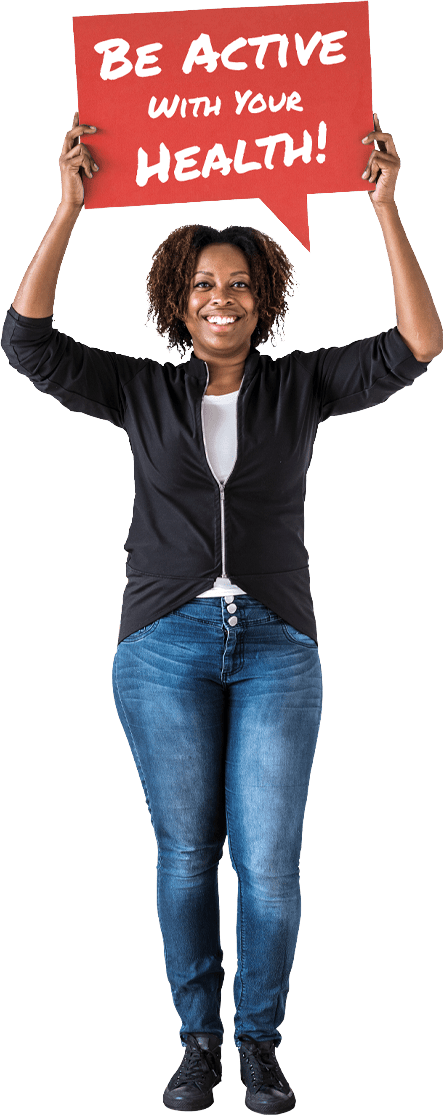FAQs about Reflexology
Although thousands of people utilise reflexology treatments each year, it does not mean that everyone knows what reflexology is and what to expect during their treatment. We have answered some of the common questions patients might have when considering reflexology.
Reflexology is a natural healing art based on the principle that there are reflexes in the feet, hands and ears and their referral areas within zone related areas, which correspond to every part, gland and organ of the body. Through application of pressure on these reflexes, the feet being the primary area of application, reflexology relieves tension, improves circulation and helps promote the natural function of the related areas of the body. It is a non-intrusive complementary therapy that works holistically with an aim to work alongside allopathic healthcare to promote better health for you.
Reflexologists believe that the body is reflected in the feet and hands and that points on the feet and hands, reflexes, are linked by energy pathways to organs, bodily systems and structures. After a period of illness, disease, stress or for no obvious reasons these energy pathways can become blocked and imbalanced preventing the related organ, bodily system or structure from functioning properly.
Reflexologists are trained to detect these blockages and imbalances. They may be felt by the therapist as a hard, swollen, gritty, bubbly, popping or hollow area and to the client they may feel tender or painful. The therapist then attempts to unblock these pathways through careful pressure massage techniques – promoting a return of energy and state of balance to the related organ or body part. This in turn improves the functioning of the related organ or body part facilitating the body to regain balance, heal itself and improve overall health.
Reflexology is a therapy which can be received by anyone at any age, from newborn babies to those receiving end of life care, and everyone in between. However, there may occasionally be times when it is not suitable to provide a treatment.
If practiced by a qualified and appropriately experienced reflexologist, reflexology is considered to be safe.
During the first session the reflexologist will ask you some questions about your medical history, lifestyle and health. The reflexologist will use this information to help decide which areas on your feet to treat.
Reflexology is a very easy therapy to receive; depending on the type of reflexology, the only clothing that will have to be removed for a treatment to take place will be your socks and shoes. You will be asked to take off your shoes and socks and sit in a reclining chair, or lie on a treatment table so that the therapist can examine and treat your feet.
The treatment will then continue through a sequence treating all systems and organs with pressure massage. The pressure applied is not painful but neither is it too light. Some therapists may look at and treat your hands as well. The therapist will start by gently massaging your foot to aid relaxation. They then use their fingers and thumbs to apply pressure to specific points of the feet. Some therapists use oils or lotions to lubricate the skin, and may add aromatherapy oils.
Some reflex points that are treated may feel tender, sensitive or uncomfortable, but should not be painful. This tenderness can signify an imbalance and it is useful to feed this information back to your reflexologist.
Treatment times vary depending on the individual. On average, reflexology sessions are usually 30 minutes to an hour long, and a course of treatment normally lasts for six to eight sessions, though this may be extended.
Most people feel very relaxed and calm after a treatment and may feel either tired or energised. Clients often report that they sleep very well the night following a treatment and wake up feeling energised and calm. It is also common to need to urinate more frequently after a treatment.
It is advisable to drink lots of water after a treatment and to avoid alcohol for 24 hours if you can to help with the detoxification process. It is also advisable to avoid eating a large meal for at least 2 hours after a treatment. It is helpful to “go with the flow” and listen to your body, if you feel tired after a treatment you should not push yourself but go to bed and sleep if you can.
On rare occasions a client may experience a “healing crisis”, this is when the symptom or symptoms that are being treated by the reflexology temporarily worsen as the body starts to rebalance and heal. This is usually a turning point and the condition being treated usually begins to improve after the crisis. This is very uncommon but if it is experienced please let your reflexologist know as soon as possible so advice and assistance can be given.
Speak to an expert
Our entire team offer FREE 15 minute consultations. It’s a no obligation opportunity to discuss your problem and learn what treatment is right for you and your problem.
We’ll even recommend other practitioners and treatments if there’s a more effective option available.
Call us today on 01628 626 565 to book a consultation or fill in the form below & we’ll call you back
Receive expert advice from our team.
Call us on 01628 626 565
Our friendly reception team are on hand to make bookings and answer any questions you may have.







